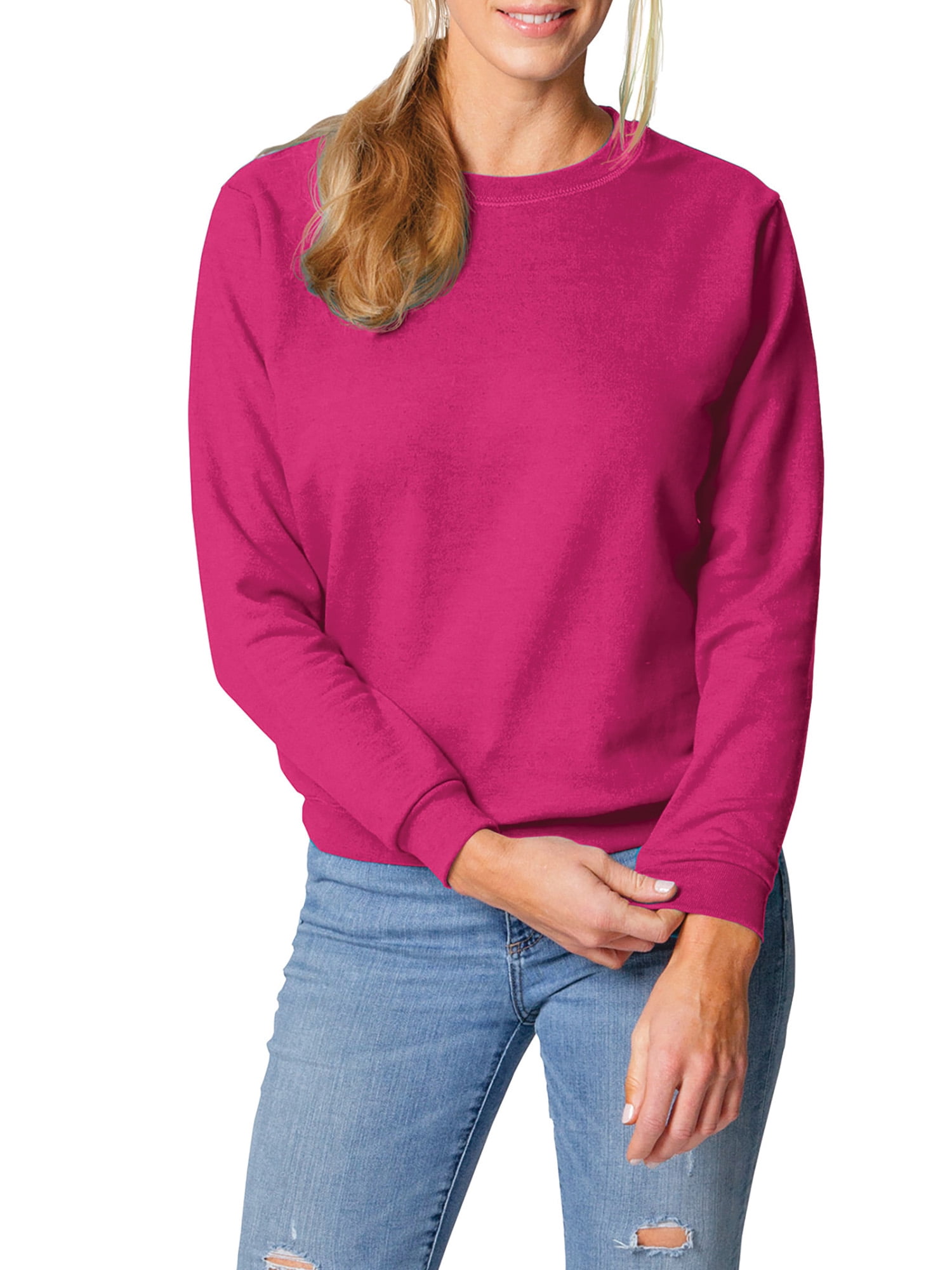Sweatshirts are long-sleeved shirts that are typically made of thick cotton cloth. They are typically worn as casual clothing, and are not as formal as sweater s or cardigans. They may not have a hood. If you're interested in purchasing a sweatshirt here are a few tips:
The appeal of Norma Kamali was spread by the use of sweatshirts
Since the late '70s the Norma Kamali brand has been turning the humble sweatshirt into an art. Her designs have become a staple in almost all women's wardrobes. Her distinct styles vary from a tummy-tucking v neckline to leather-paneled sweatshirts. Her clothing is also designed with unique shapes, such as an oversized tank top that has an extended trumpet skirt.
The collaboration between the designer and the manufacturer of sweatshirts Everlast led to her Timeless collection, which became hugely popular when it was featured in Spiegel's spring 2006 catalog. The collection featured knits that were convertible and interchangeable with classic designs and many of the pieces were priced at less than $20. Even if The Norma Kamali Timeless collection was not available in stores, buyers were able to find the designs on eBay as well as Poshmark.
Merino wool sweatshirts tend to be more comfortable than sweatshirts made of soft wool.
Merino wool is known for its ability to remove moisture that help keep you comfortable and dry. It is a natural fiber and also has a smoother feel. The fabric also dries quickly in comparison to other natural materials. In addition, it is a renewable resource. The merino sheep shed coats every year , and then grow new coats.
Merino's weight-to-heat ratio is high, and the warmth of wool makes it popular for sweatshirts. It helps to regulate the body's temperature because of its loft which naturally traps heat between the fibers. This is why Merino wool sweatshirts are perfect for outdoor and summer activities such as mountain biking, and running. The warmth it offers helps keep the wearer cool and dry, which is essential when working out.
Zip-front hoodies come with kangaroo pockets.
Kangaroo pocket Hoodies are a well-loved style of hoodies. sweat shirts feature a huge pocket on the front, that will keep your hands warm on chilly days. They're additionally more practical than conventional pockets as they allow your hands to slide in and out easily.
Kangaroo pockets are usually large enough to accommodate a wallet or some other small items for personal use. They're usually long enough to fit the palm of a hand that is small or even large enough to accommodate two hands. They have wide openings on either side and can be used to carry small objects.
French Terry fabric is a popular fabric for sweatshirts
The French Terry fabric is constructed of soft yarns knitted into loops and is usually medium-weight. It is also known because of its capacity to absorb away moisture and is already pre-shrunk. French Terry is an excellent option for sweatshirts as it will keep you warm when you need it and keeps you cool when you're trying to cool down.
https://pastebin.pl/view/e1a8d5aa is also popular for loungewearbecause it has enough stretch and flexibleness to feel great when you touch your body. It also allows enough air to circulate through the fabric, making it ideal for layering under other clothes. In addition, because it is lighter than other sweatshirts, you can wear it throughout the year without feeling hot or cold.
Hoodies have classist connotations

Although it could appear that hoodies are just an appropriate attire item for those who are working class however, in reality they carry classist connotations. The hooded garment was first popular in the early 70s New York, where graffiti artists would wear them to conceal their identities. In 1976 the hoodies made their big debut in the film "Rocky," when the working-class title character wore hooded gray sweats on his memorable climb to the top of the Philadelphia Museum of Art.
Hoodies are often associated with death, destruction and other unpleasant items, yet they also serve practical purposes. For instance, priests and monks may wear hoods to show modesty and inward focus.
